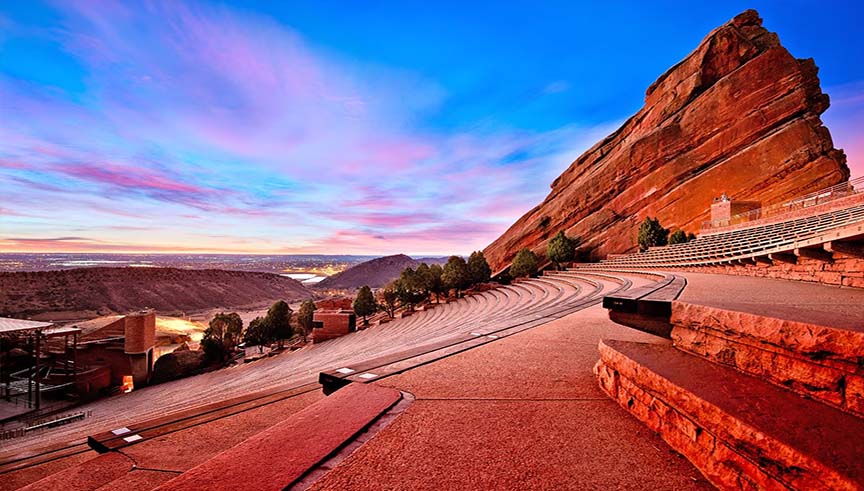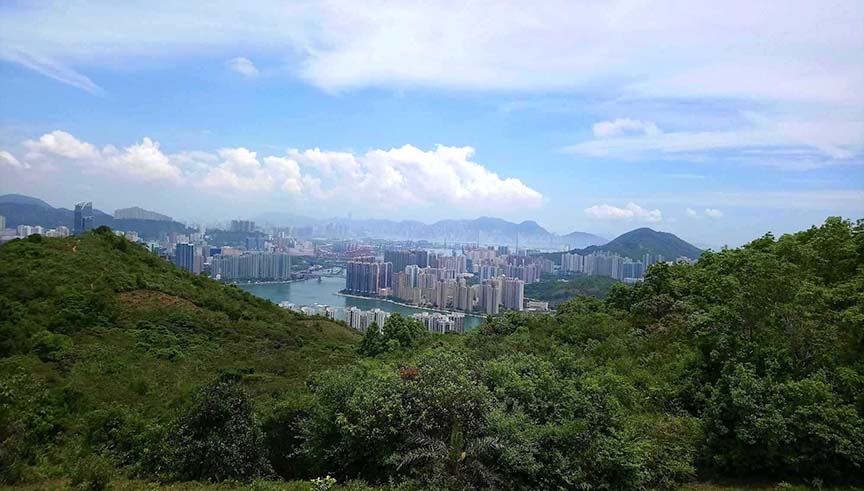
Exploring Hong Kong’s Rich History: Historical Landmarks and Heritage Trails
Hong Kong, a city known for its modernity and cosmopolitan flair, is also home to a rich and fascinating history. From colonial heritage to traditional Chinese culture, the city’s historical landmarks and heritage trails offer a captivating journey into its past. I will share my experiences at three historical sites and recommend four more that every history enthusiast should explore.
My Historical Adventures:
Victoria Peak (The Peak):
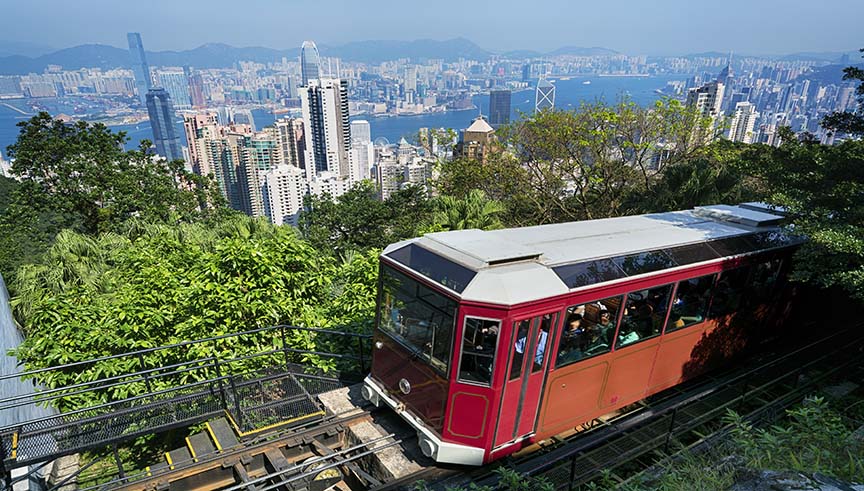
Location: The Peak is perched on Hong Kong Island, providing panoramic views of the city. Victoria Peak stands proudly on the western side of Hong Kong Island, granting a stunning vantage point to take in the city’s expansive skyline, Victoria Harbour, and the surrounding islands.
Getting There: Reach The Peak via the iconic Peak Tram from Garden Road, or opt for a scenic bus or taxi ride.
Highlights: The view from The Peak offers a unique perspective on Hong Kong’s development over the years. The Peak Tower hosts an array of shops, dining options, and the renowned Sky Terrace.
As the tram gradually ascended, I could already witness the city’s skyline unfolding below. Upon reaching the peak, The Peak Tower came into view, a remarkable architectural feat that houses a range of attractions, shopping boutiques, and dining establishments. However, the true star of the show is the Sky Terrace 428, a viewing platform perched at 428 meters above sea level. The 360-degree views from this vantage point were nothing short of astounding.
Admission: Peak Tram fees vary, and entrance to the Sky Terrace is approximately HKD 50.
My Experience: The view from The Peak during the evening, with the city’s skyline illuminated, is nothing short of breathtaking. It’s a must-visit for history enthusiasts and anyone looking to appreciate Hong Kong’s transformation over the years.
I timed my visit to Victoria Peak in the early evening, allowing me to enjoy both the breathtaking daytime views and the city’s transformation as the sun set and the skyline burst into radiant illumination. The experience was surreal. The sheer scale of Hong Kong’s development, with its soaring skyscrapers, bustling harbor, and verdant hillsides, left me in a state of awe.
As daylight transitioned into evening, the city’s lights began to twinkle, creating a mesmerizing spectacle. It felt as though I was standing at the boundary of two worlds, one bathed in daylight and the other in the gentle glow of the city after dark. I couldn’t resist taking numerous photographs to capture the moment.
Victoria Peak isn’t just a tourist attraction; it’s a symbol of Hong Kong’s progress and vitality. It’s a place where you can witness the city’s history, its present, and its future all in one breathtaking moment. My visit left me with a deep appreciation for this dynamic metropolis and a longing to return and witness its ever-evolving skyline once more.
Man Mo Temple:
Location: Man Mo Temple can be found in Sheung Wan on Hollywood Road. Man Mo Temple stands as an oasis of tranquility in the heart of Hong Kong’s vibrant urban environment. Situated on Hollywood Road in Sheung Wan, it’s located in a neighborhood that seamlessly blends tradition with modernity.
Getting There: Easily accessible by public transportation or on foot when exploring the Sheung Wan district.
Highlights: Dating back to the mid-19th century, the Man Mo Temple is a stunning example of traditional Chinese architecture. It’s dedicated to the gods of literature (Man) and martial arts (Mo).
Admission: Entry is free, but donations are welcome.
My Experience: Man Mo Temple offers a tranquil escape from the city’s hustle and bustle. The fragrance of burning incense and the intricate decor immerse you in Hong Kong’s rich Chinese heritage.
As I crossed the ornate threshold, I stepped into an environment steeped in history and culture.
Inside the temple, hanging incense coils created a captivating spectacle, while the air was imbued with the soothing scent of burning incense. The temple’s interior was adorned with intricate decorations and delicate wooden carvings, showcasing traditional Chinese craftsmanship at its finest.
My visit to Man Mo Temple felt like a journey through time. The serenity of the temple, in stark contrast to the bustling city just beyond its doors, created a sense of entering another world. It was a sensory refuge, and I found myself taking my time to absorb the fine details of the temple’s architecture.
The combination of the fragrant incense, the peaceful ambiance, and the historical surroundings left me with a profound sense of tranquility. I was particularly drawn to the enormous incense coils suspended from the ceiling, which added a surreal and spiritual dimension to the experience.
Man Mo Temple is not just a place of worship; it’s a living testament to the cultural heritage of Hong Kong. My visit left me with a deep appreciation for the city’s ability to preserve its rich history while continuing to thrive as a global metropolis. Man Mo Temple serves as a reminder that within the city’s modernity, the echoes of the past can still be discovered in its hidden cultural treasures.
Wong Tai Sin Temple:
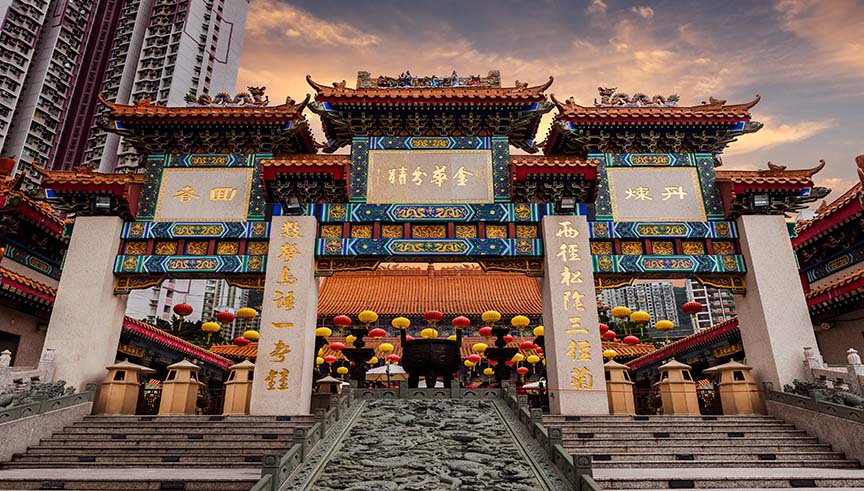
Location: Wong Tai Sin Temple is located in Kowloon, near the Wong Tai Sin MTR station.
Getting There: Easily accessible by MTR or taxi.
One of the most striking features of the temple is its massive red archway adorned with golden decorations. Constructed in 1921, the temple was dedicated to Wong Tai Sin, believed to be a deity capable of granting the wishes of his followers. Each day, thousands of visitors and worshippers flock to this sacred place to make prayers, draw divination lots, offer flowers, and light incense and candles.
The temple’s interior is adorned with ornate decor, predominantly in vibrant red, symbolizing happiness and prosperity. The courtyards and altars inside are meticulously arranged, emanating a serene ambiance. Most notably, the temple houses the Three Saints Hall, dedicated to Wong Tai Sin, the Emperor Guan, and the temple’s founder, each with their own respective altar for worship.
Highlights: Wong Tai Sin Temple is renowned for its fortune-telling practices. It features intricate architectural designs and beautifully landscaped gardens.
Admission: Entrance is free, but a fee is charged for fortune-telling services.
While exploring the temple, I observed worshippers carrying oranges, lighting incense, and beating sacred drums as expressions of their devotion and prayer. I even tried my hand at drawing a divination lot, a traditional ritual where individuals seek guidance from the divine. I must admit, the experience left me feeling quite mystified and awed.
Surrounding the temple are shops offering a variety of religious items, from incense to prayer plaques, providing visitors with the opportunity to purchase symbolic items and souvenirs. Additionally, there are restaurants and street food vendors nearby, where you can savor authentic Hong Kong cuisine.
My Experience: Wong Tai Sin Temple is a cultural gem. The practice of Kau Cim (fortune sticks) and the serene gardens make it a place for reflection and a deeper understanding of local traditions.
Recommended Historical Sites:
Hong Kong Museum of History:
Location: 100 Chatham Road South, Tsim Sha Tsui, Kowloon.
Getting There: Easily accessible by MTR, bus, or taxi.
Highlights: The museum provides a comprehensive journey through Hong Kong’s history via exhibits, artifacts, and multimedia displays.
Admission: Entry fees are reasonable, with discounts for students and seniors.
Recommendation: The museum’s “The Hong Kong Story” exhibition offers an immersive and educational experience, making it a must-visit for history enthusiasts.
Tai O Fishing Village:
Location: Tai O is situated on Lantau Island.
Getting There: Access Tai O by bus from Tung Chung MTR station or via a scenic ferry ride from Tuen Mun.
Highlights: Tai O is a traditional fishing village where the Tanka people have lived in stilt houses for generations, providing a window into the lives of local fishermen.
Admission: Roam the village for free, but boat tours are available for a fee.
Recommendation: Tai O offers a living history experience, with stilt houses, bustling markets, and scenic boat tours providing a unique perspective on the city’s heritage.
Hong Kong Heritage Discovery Centre:
Location: Kowloon Park, Haiphong Road, Tsim Sha Tsui, Kowloon.
Getting There: Easily accessible by MTR or bus.
Highlights: Housed in a colonial-era building, the center delves into Hong Kong’s heritage, architecture, and history.
Admission: Entrance is free, making it a hidden gem for history enthusiasts.
Recommendation: The center offers a historical lesson within a historic setting, allowing visitors to appreciate the city’s unique architectural and cultural heritage.
Lung Yeuk Tau Heritage Trail:
Location: This heritage trail is located in the New Territories and can be reached via public transportation.
Highlights: The trail winds through ancient walled villages, ancestral halls, and temples, offering a glimpse into the history of rural Hong Kong.
Admission: The trail is open to the public.
Recommendation: For a deeper immersion into Hong Kong’s history, exploring the traditional architecture and cultural heritage along this trail is a must.
Hong Kong’s historical landmarks and heritage trails are like time machines, transporting visitors to various chapters in the city’s rich history. From iconic locations like The Peak to hidden gems like the Tai O Fishing Village, you’ll find a treasure trove of stories and experiences that provide a deeper understanding of Hong Kong’s evolution. Whether you’re a history enthusiast or a curious traveler, these sites offer a captivating journey through Hong Kong’s vibrant past.
You May Also Like
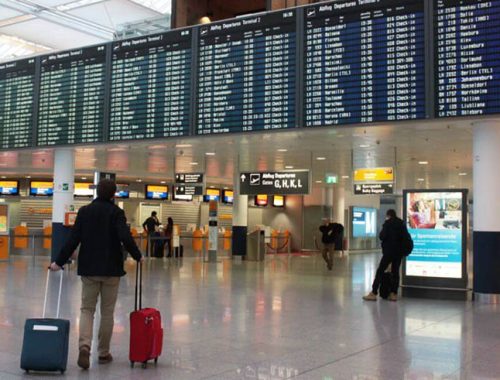
The Perfect Travel Guide: Complete Guide to Transportation, Travel Tips, and Shopping Souvenirs
10/02/2025
Santiago de Cuba: 10 Must-Do’s in the Heart of the Cuban Revolution
30/05/2024